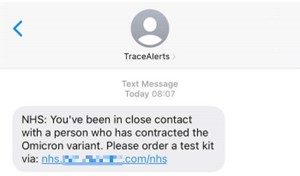Windows 11 has various shortcuts that will make your user experience easy and effective.
Do you find your desktop getting too crowded? To minimize the windows you aren’t using, click on the title bar of the window you want to remain open then hold the mouse down and move the window back and forth quickly. After a few quick shakes all the other open windows will minimize. To do this you’ll need to turn this on in Windows 11 by heading to settings, then systems, then click multitasking and turn on the title bar window shake.
To open the start menu, you can click the Windows icon in the bottom lefthand corner, or you can click the Windows key + X.
To take a screenshot click the Windows key + Print Screen key, that picture will be saved in the Pictures, then Screenshots folder. To capture a specific part of your screen hit the Windows Key + Shift + S to open Snip & Sketch. This will allow you to click and drag to create a screenshot, which will save to your clipboard.
To access pinned items from your taskbar with your keyboard shortcuts, click the Windows key + [Number key], with the number key corresponding to the position of the pinned program on the taskbar. For example, Windows key + 3 will open the third pinned item on the taskbar.
To clean up space-hogging apps, click on Settings, then System, then Storage. Click on Show more categories to see the full list. If you aren’t sure which apps to get rid of, click on Cleanup recommendations.
Try out these tricks the next time you’re using Windows 11. For more information on technology tips email us at info@optfinITy.com.








